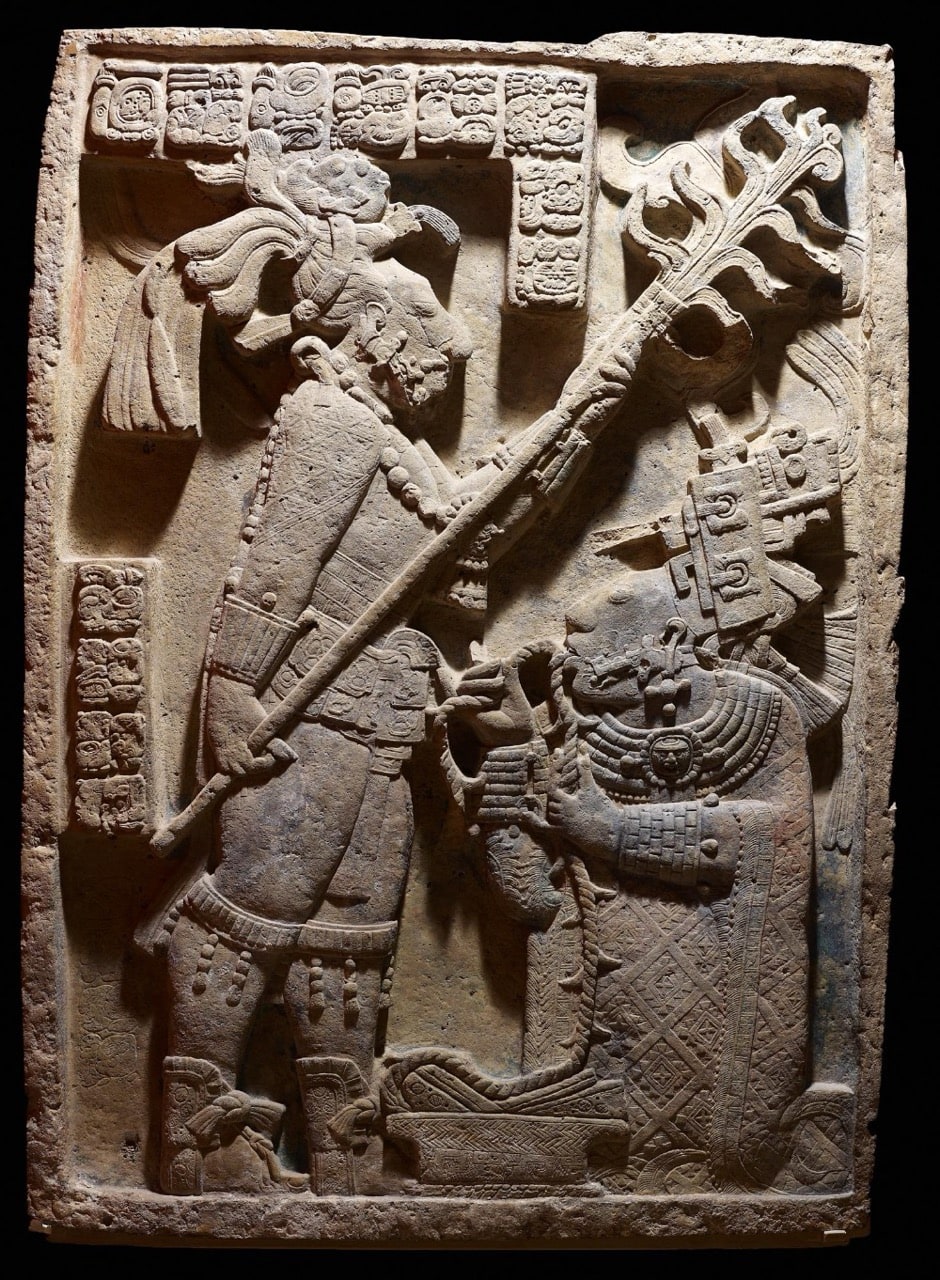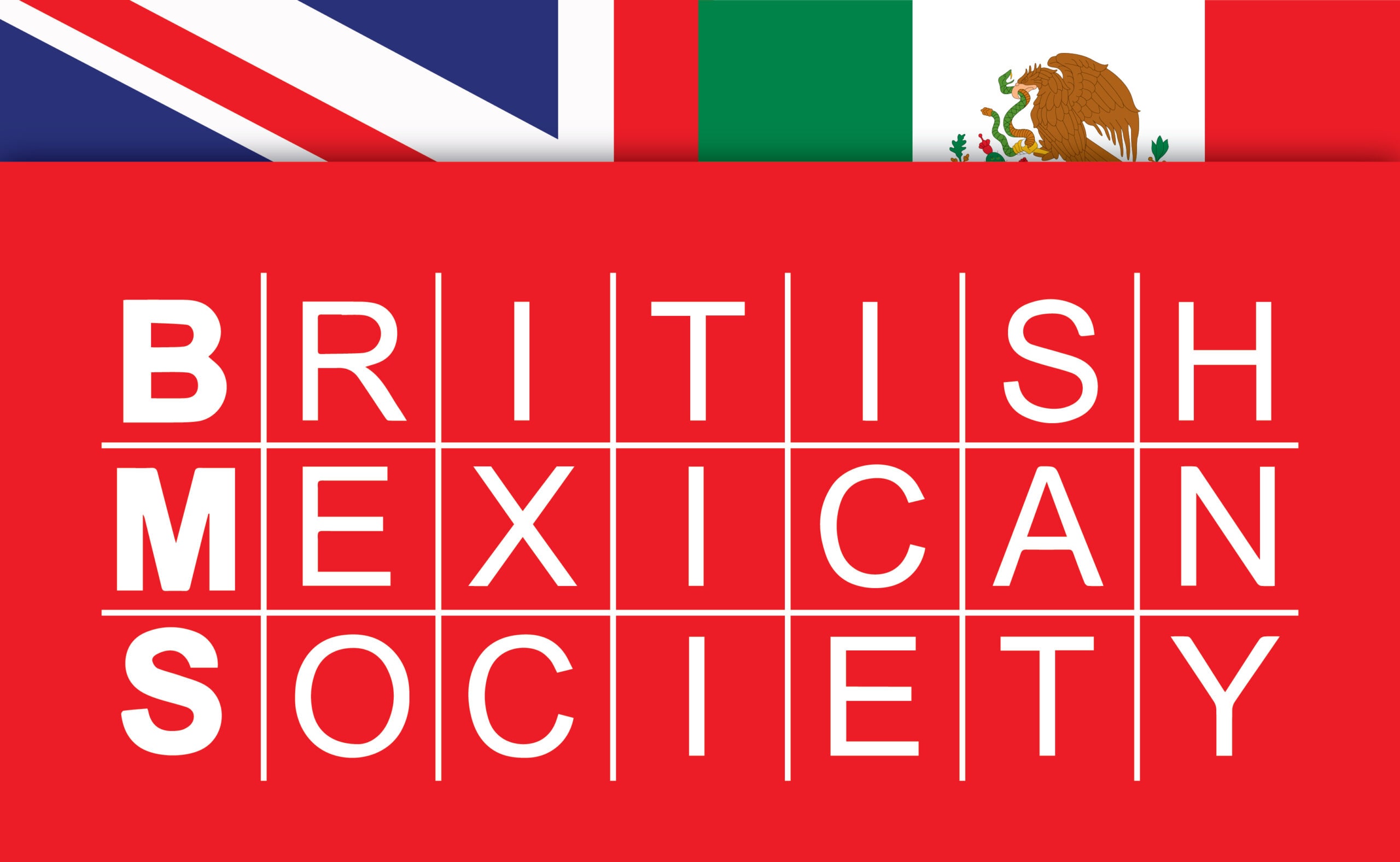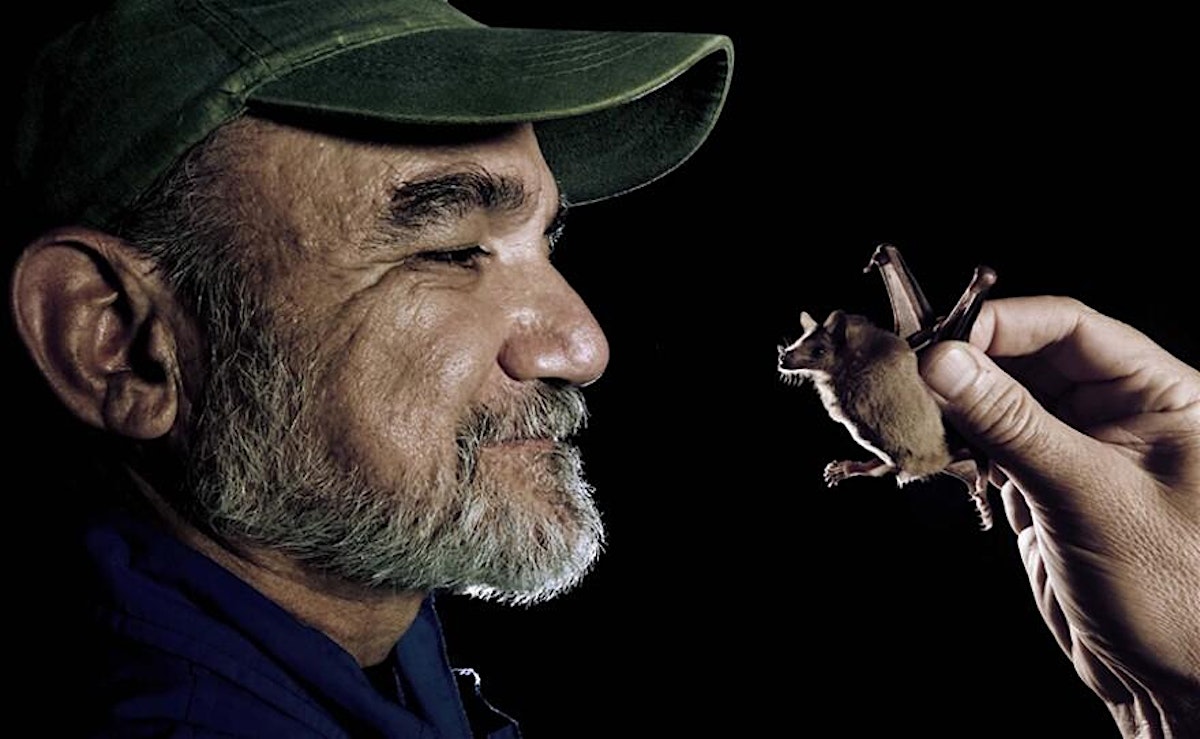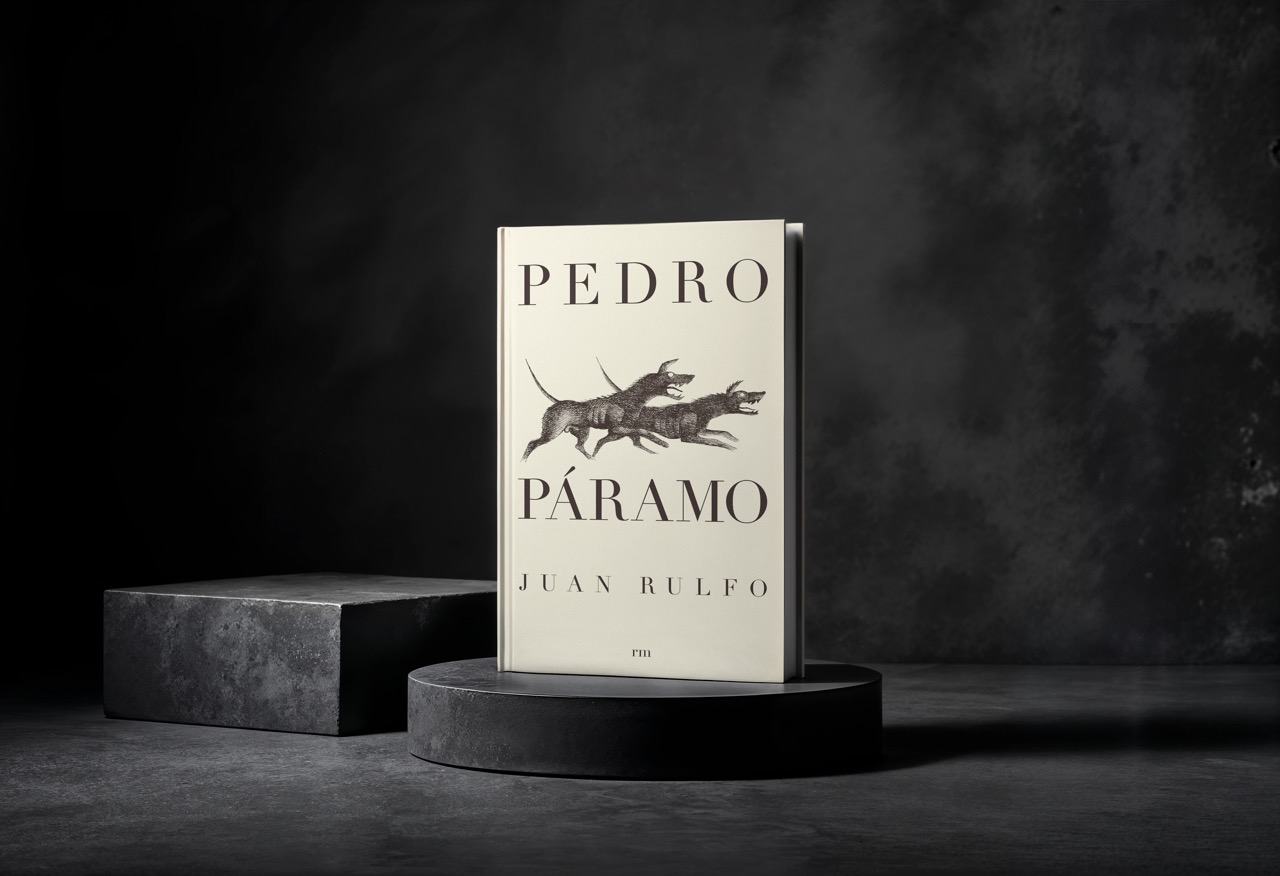For anyone interested in learning more about Mexico, its history and culture a visit to the British Museum is a good start – assuming a visit to Mexico’s own renowned museums is not on the cards.
This is how the British Museum describes Room 27 – the Mexico Room:
Distinctive regional cultures flourished in Mexico from prehistoric times, until its contact with Europe during the sixteenth century. Early Mexican civilization is explored in Room 27, along with the Classic Veracruz and Huastec cultures and the Maya city states of the first millennium AD.
The display includes stunning objects, including highly-prized turquoise mosaic, dating from the Mixtec-Aztec culture of AD 1400–1521, and stone sculptures of Huastec female deities from AD 900-1450.
Pectoral, in the form of a double-headed serpent. Made of cedro wood (Cedrela odorata) and covered with mosaic made of turquoise and red thorny oyster shell (Spondylus princeps). The teeth in the two open mouths are made from conch shell (Strombus). Two resins are used as adhesive: pine resin and Bursera resin (copal). In the mouths the resin is coloured red with hematite. Beeswax adhesive survives around the eye sockets.
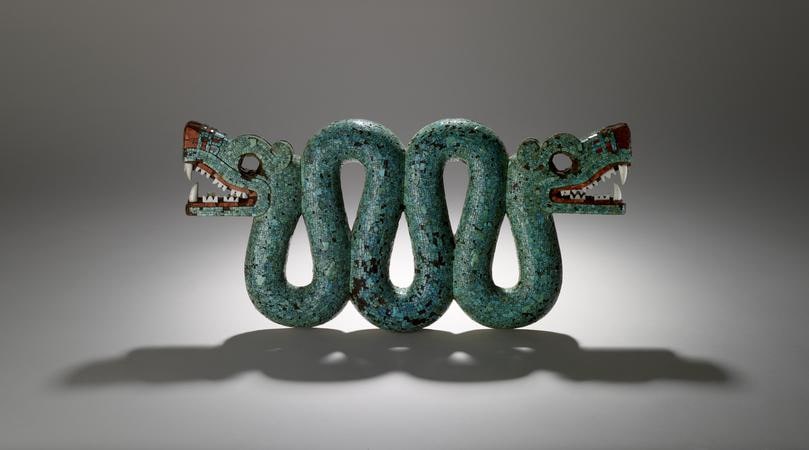
Aztec Turquoise Serpent Mosaic in the British Museum
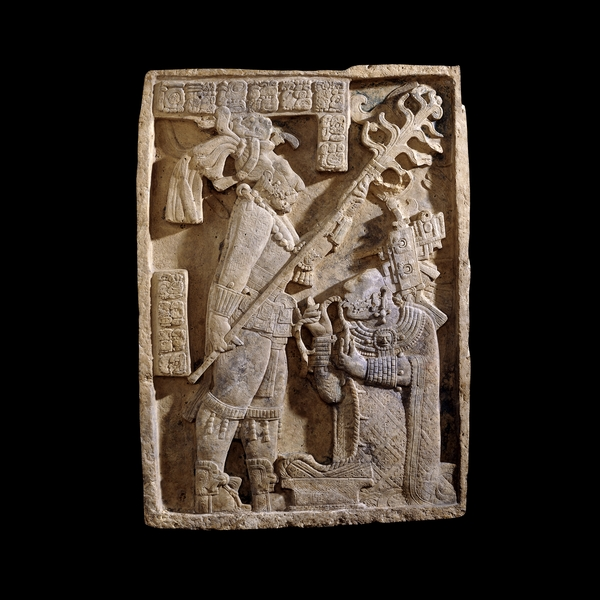
Yaxchilan Lintel 24 at The British Museum
Yaxchilan Lintel 24
This limestone lintel, considered one of the masterpieces of Maya art, is one of a series of three panels from Structure 23 at Yaxchilán, where it was set above the left (south-east) doorway.
The scene represents a bloodletting ritual performed by the ruler of Yaxchilán, Itzamnaaj Bahlam (or Shield Jaguar, 681-742), and his wife, Lady K’abal Xook. The ruler holds a flaming torch over his wife, who is pulling a rope, probably studded with obsidian blades, through her tongue. Scrolls of blood can be seen around her mouth. Blood let from her tongue falls on the bark paper lined bowl on the floor.
The first two glyphs in the text at the top of the lintel indicate the event and the date on which it took place, 24 October, AD 709 (5 Eb, 15 Mak in the Maya calendar). The last glyph represents the Emblem Glyph (that is, the city name in Maya hierolglyphs) of Yaxchilán. The text on the left of the panel contains the name and titles of Lady K’abal Xook.
The lintel has traces of Maya blue, turquoise and red pigment.
Lintels 24 and 25, removed at Maudslay’s request at the end of the nineteenth century, are on permanent display in the British Museum’s Mexican Gallery. Lintel 26, the third in the series, is in the Museo Nacional de Antropología, in Mexico City.
